How to grow runner beans – from seed and in pots
Discover how to grow runner beans with our step-by-step guide, and you'll be enjoying this delicious crop for months to come
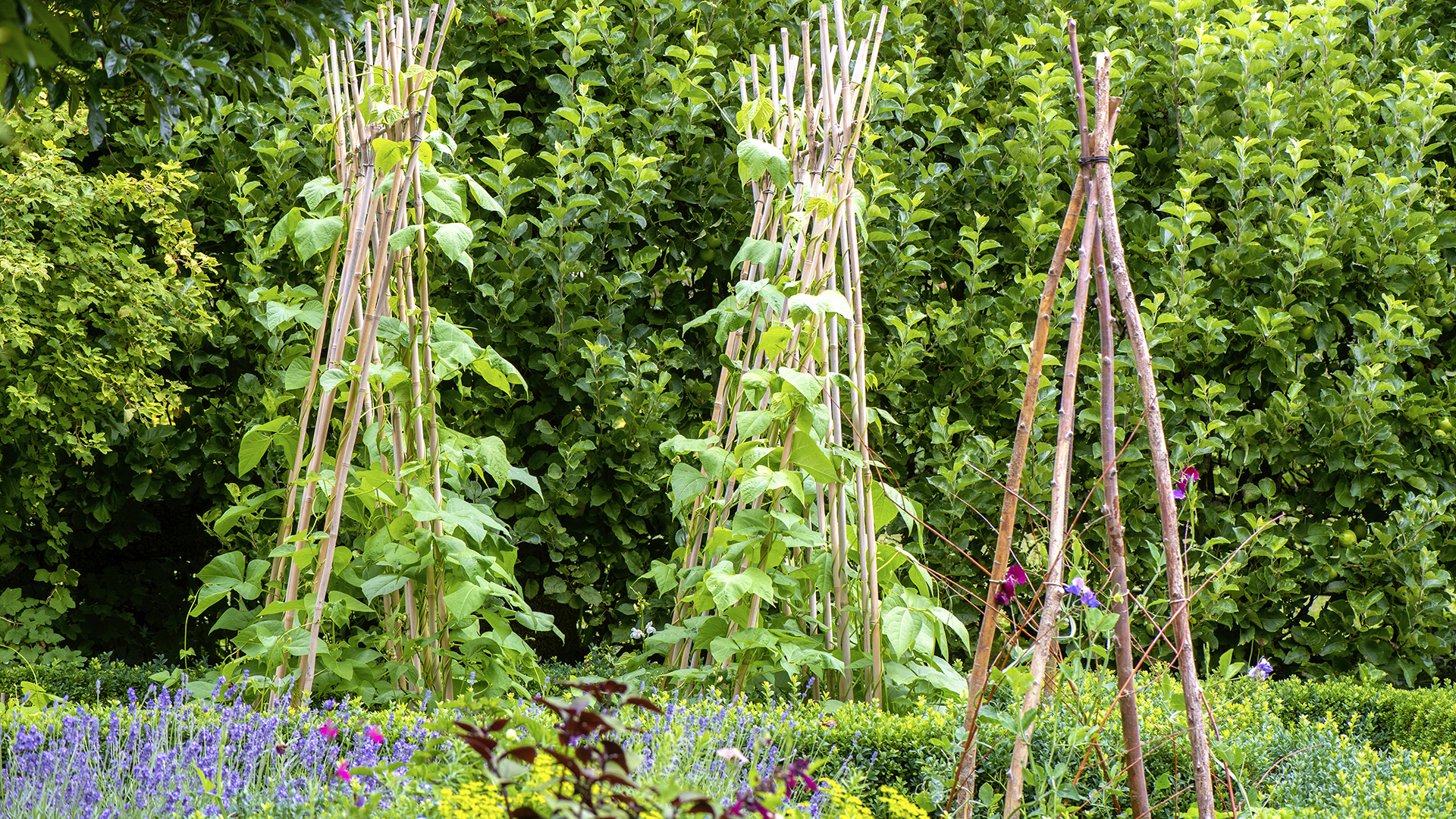

Learning how to grow runner beans is a rite of passage for home growers, and it’s a wonderful crop for beginners. Success is almost guaranteed, and the plants will produce a glut of succulent pods that taste infinitely better than shop bought. The biggest problem is usually what to do with so many beans.
‘Runner beans are good yielders. They are climbers so use the vertical space rather than taking up ground space,’ says gardening expert Leigh Clapp. This makes them a highly efficient crop to grow, so make room for a couple of plants amongst your kitchen garden ideas.
Sadly, runner beans have previously been marred by a reputation for being tough and stringy. But this only happens when pods are picked past their best.
The beauty of learning how to grow runner beans is that you can choose the best varieties and pick them at their peak, when they will be mouthwateringly tender. ‘The more you pick, the more the plant will produce,’ adds Clapp.
Great runner bean varieties to try are Polestar, Scarlet Emperor, Painted Lady and Moonlight.
How to grow runner beans from seed
The best way to grow runner beans is from seed, and then to add supports for the plants as they grow. ‘They are so easy to grow from seed that there is little point buying in plants unless you missed the sowing window,’ says Alex Mitchell in her book Crops in Tight Spots.
To grow runner beans from seed, you will need good, moisture-retentive soil. So before you start sowing, first prepare the ground by digging over and removing weeds and large stones.
It's best to enrich the soil with compost or well-rotted manure, but don't add this just before planting as otherwise you'll get all foliage and few pods. Ideally add in the manure a couple of months ahead.
- Sow runner beans direct once the last frost has passed and the soil has begun to warm up.
- If starting off under cover, plant one seed per pot around an inch deep.
- Runner beans grow long roots, so use tall pots or root trainers, which will allow the seedlings to thrive.
- If planting outside, sow two seeds close together in case one fails. Thin out the weaker seeding after a couple of weeks.
- Space plants around 10 inches apart.
- Keep the soil moist, but not sodden or the seeds could rot.
- Germination should happen within two weeks.
- The plants will shoot up fast, so you will need to put support in place for them to grow – a runner bean wigwam is ideal, but there are a number of fantastic vegetable garden trellis ideas that will help you to maximize your harvest.
- Water the plants regularly and fertilize with liquid tomato feed every 2-3 weeks from flowering onwards. A lack of water or nutrients throughout the season can cause bean plants to turn yellow.
- Apply water directly to the soil and avoid soaking the leaves, especially in warm weather.
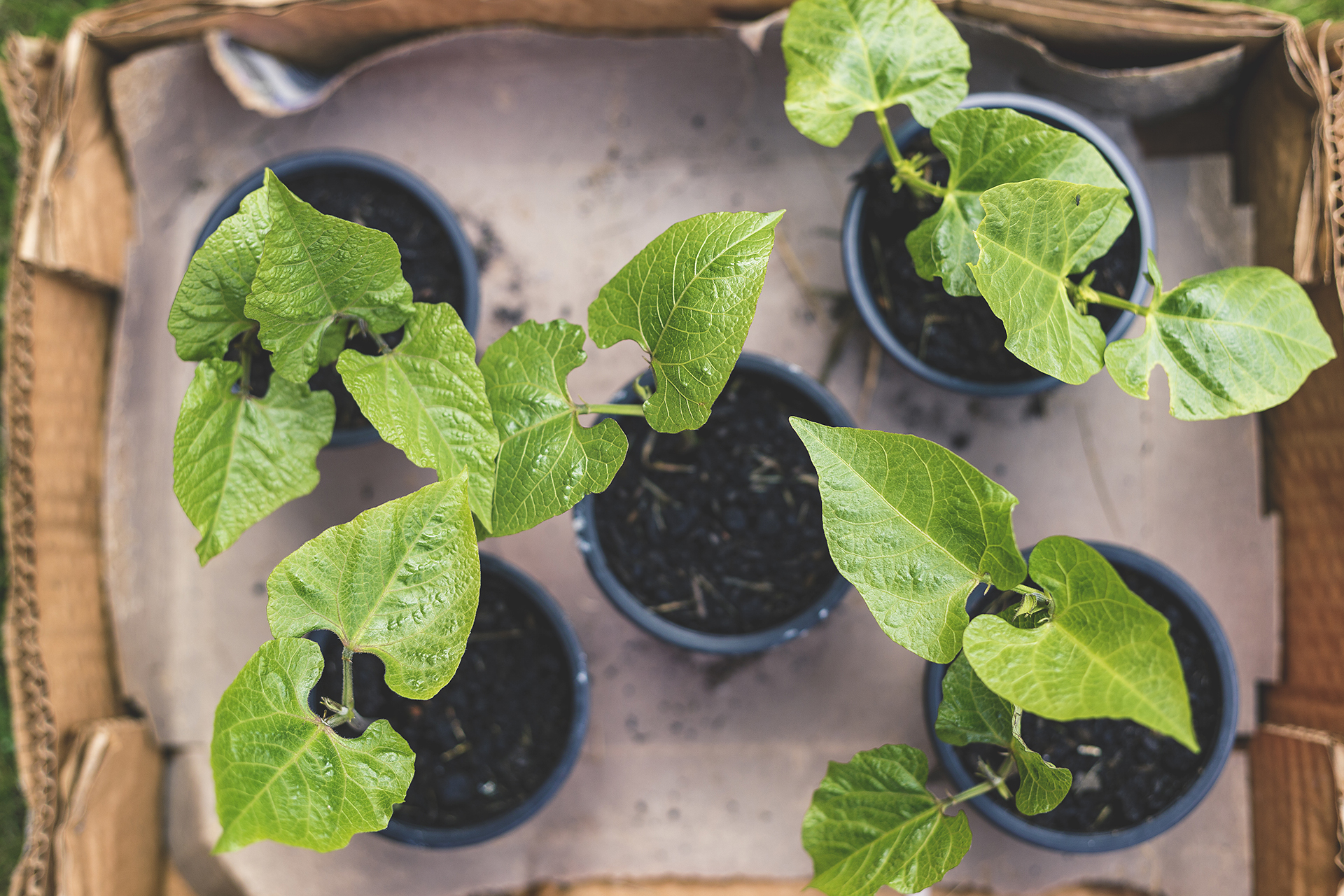
What month do you plant runner beans?
What month you should plant runner beans varies in different regions, but the simple rule is not to plant them outside until the risk of frost has passed.
In the Northern Hemisphere, the ground should be warm enough from late spring to sow direct. Alternatively you can start them off under cover from early April, and plant out around a month later. Harden them off for at least a week before planting.
You can succession sow runner beans until midsummer, to give you a crop into the fall. 'To avoid the problem of too much maturing all at once, sow little and often,' says gardening expert Matt James.
Growing runner beans in pots
If you're looking for ideas for a small vegetable garden, growing runner beans in pots or grow bags is a fantastic. Equally, if you are short on planting space and want to keep them on the patio, they make fabulous vegetable garden container ideas, too – they make an attractive feature, adding height and interest.
'Dwarf runner beans (namely Hestia Dwarf) crop well in large tubs,' says James.
Runner beans are thirsty plants with long roots, so you will need a generous container or bag size – at least 5-6 gallons. With a pot of that capacity, you should be able to grow three or four plants, and include canes for support.
Choose a compost blend that's designed for vegetables, or make your own, mixing in plenty of garden compost and some well-rotted manure.
When growing runner beans in pots, you will need to keep on top of watering, as the soil can quickly dry out. Check daily to see if the soil is moist – the best way to check is to push your finger down past the knuckle to feel the lower levels, as the top layer will dry out more quickly.
Fertilize every two weeks from flowering, using liquid feed, to maximize your harvest.
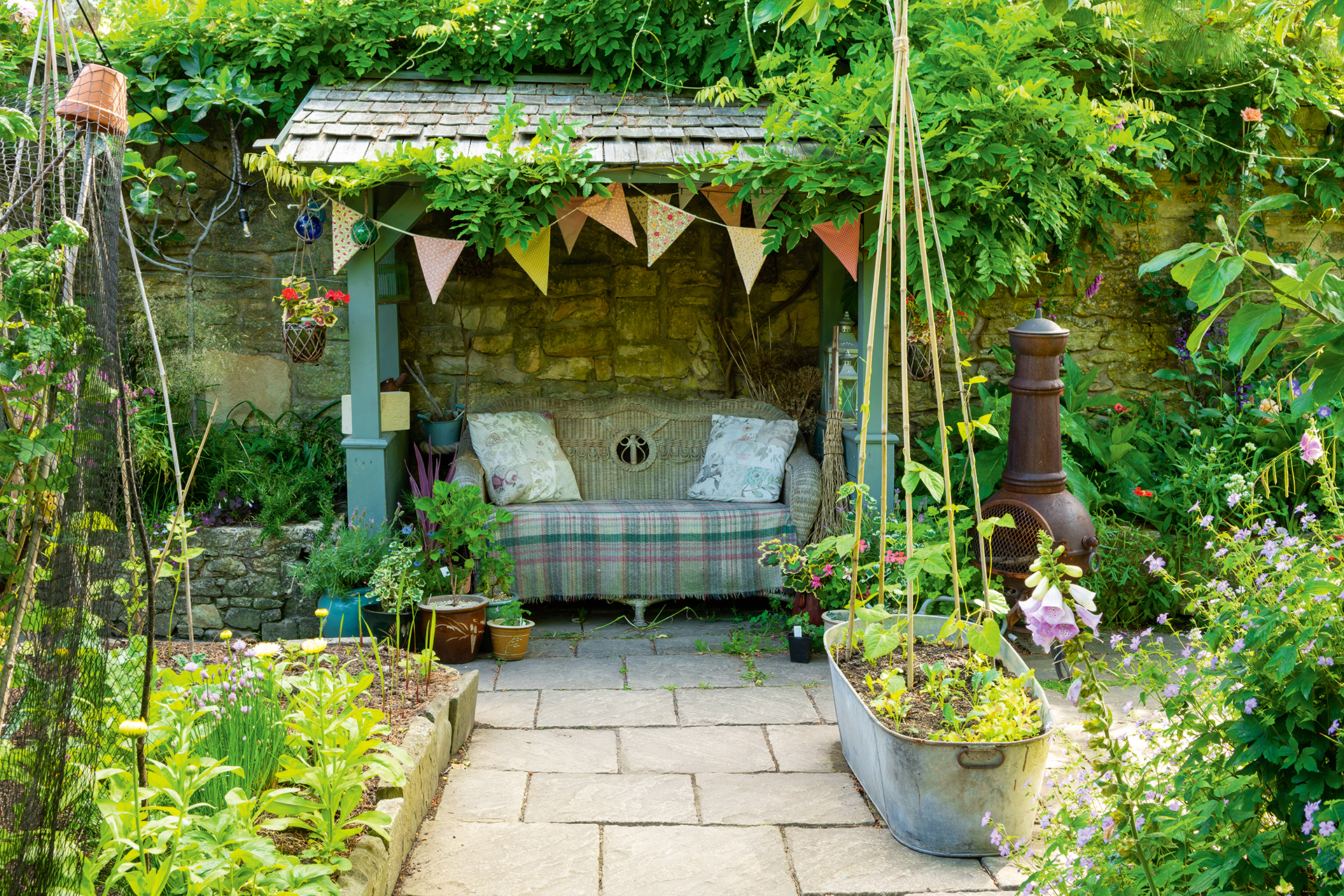
Making a runner bean wigwam
For experienced growers, making runner bean wigwams is a yearly ritual. It's such a pleasure to watch the plants scramble up the supports, and varieties with scarlet red flowers make a particularly stunning feature.
To make your runner bean wigwam, simply insert four to five canes or sticks in the ground or container, equally spaced out. Gather them at the top and tie tightly together with garden string.
A wigwam can support a plant per cane, so position a plant near the base of each one. You will need to train the plants initially, but they should quickly take to the support.
If you'd prefer to grow your runner beans up a wall, then you can use trellis or wire supports. Thick, galvanised wire stretched between vine eyes is the most inexpensive and unobtrusive method,' says James. 'Space each horizontal line about 6-8in apart and tie-in early shoots with string – the plant should then climb unaided.'
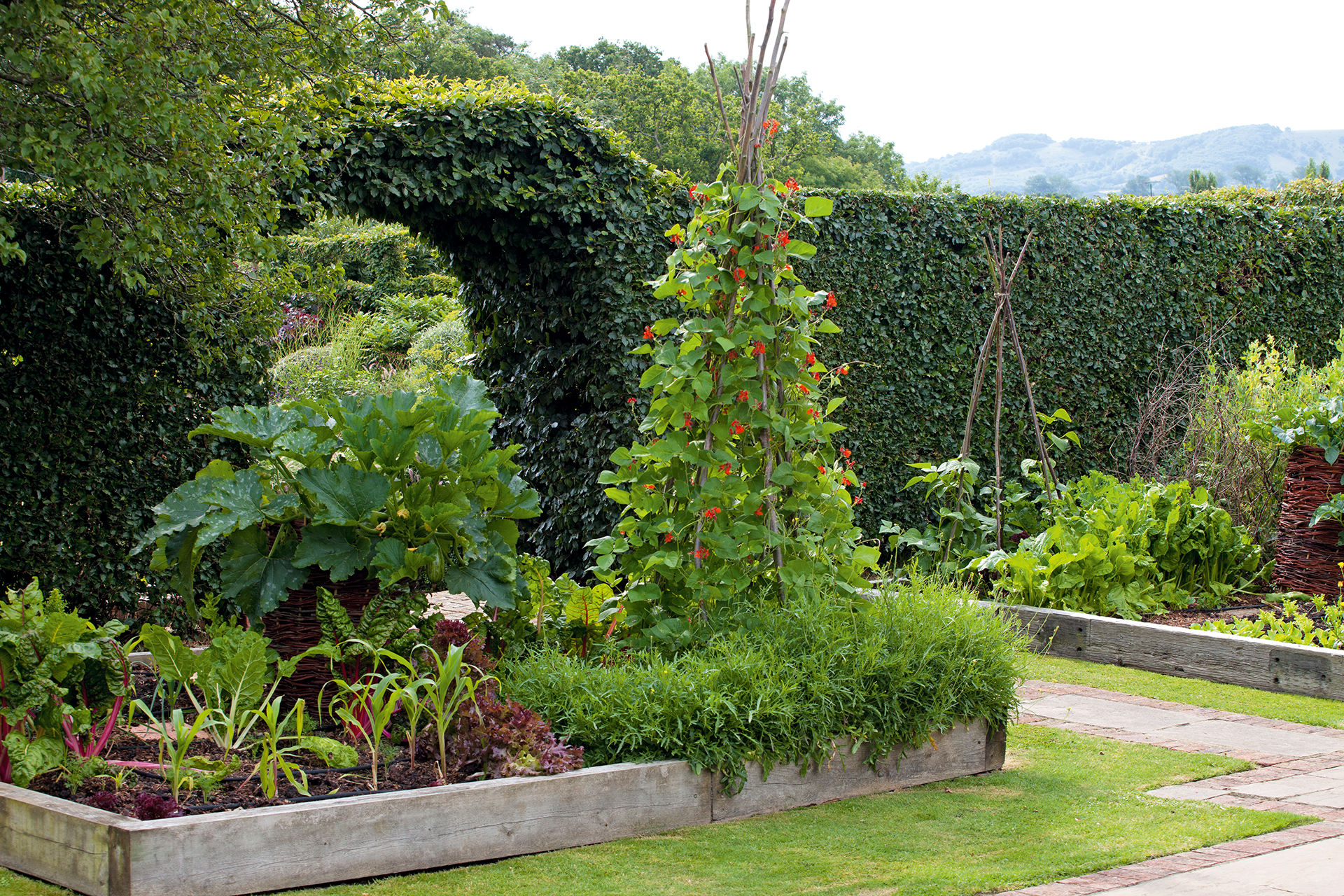
When to harvest runner beans
You must learn the signs of when to harvest runner beans, in order to enjoy them when they are tender and tasty, rather than tough and stringy.
When to pick green beans such as runner beans will make a big difference to their taste and texture.
'Pick the beans before the seeds inside the pod start to show through,' says Mitchell. 'The bean should snap in half easily if you bend it – if it bends without breaking it’s already going to be too tough.'
As a rough guide, you should pick runner beans every couple of days, when they are between 4-8 inches long.
'Pick regularly throughout the growing season, otherwise plants put all their energy into producing seeds rather than pods,' says James.
It's worth knowing that the flowers of runner beans are also delicious, but the more flowers you eat, the less beans you'll get.
If you get tired of eating runner beans, then leave some on the plant to grow on. The beans inside the pods will fatten up and can be used as an alternative to butter beans. You can also dry the beans for winter use.

Should I pinch out runner bean seedlings?
Pinching out runner bean seedlings will encourage them to grow more side shoots and to put their energy into producing pods rather than growing taller.
You can do this once the plants have reached the height that suits you best, but certainly before they outgrow their support.
How tall should I let my runner beans grow?
Runner beans can easily grow to 6 foot or more, so pinch them out before they get beyond a manageable height.
You also need to bear in mind the weight placed on the supporting trellis, as the plants will be heavy when laden with fruit.

Do runner beans need a lot of sun?
Runner beans need sun for at least half of the day, but are happy in partial shade and do prefer a sheltered spot. 'The most important thing is that they’re not planted somewhere too windy, since this can shred the leaves,' says Mitchell.
In very hot summers, runner bean production can struggle, so the plants will appreciate shade at the hottest part of the day. You also need to keep on top of watering, as it is crucial that the roots don't dry out. Mulching will help to retain moisture.
Runner bean problems

When at seedling stage, the main problem with runner beans is slugs and snails, so protect the tender plants with cloches or pellets. Once they get past this stage, however, slugs and snails shouldn't be an issue.
Blackfly can be a problem with runner beans, so use companion planting techniques, such as growing marigolds to encourage ladybugs, which will feast on the flies. 'One prevention companion is borage, as the black fly will go to it rather than the beans,' adds Clapp.
You can also remove the flies by rubbing them off with your fingers, carefully hose them off, or spray with water containing a weak concentration of washing-up liquid, which will kill them.
Although runner beans are usually reliable croppers, occasionally they can fail to set pods. 'The main causes are lack of water at the roots, infertile or very acid soil, frost damage, very hot weather, and the absence of pollinating insects due to windy, wet weather,' says James.
Encourage pollination by positioning flowering plants close by. Growing sweet peas alongside runner beans is a lovely pairing.
Sign up to the Homes & Gardens newsletter
Design expertise in your inbox – from inspiring decorating ideas and beautiful celebrity homes to practical gardening advice and shopping round-ups.

Melanie has worked in homes and gardens media for two decades. Having previously served as Editor on Period Living magazine, and worked on Homes & Gardens, Gardening Etc, Real Homes, and Homebuilding & Renovating, she is now focusing on her passion for gardening as a Senior Editor at Gardening Know How. As a keen home grower, Melanie has experimented with pretty much every type of vegetable at some point – with mixed results. Often it is the simplest things that elude you, which may explain why she just can't seem to master zucchinis.
-
 Emily Blunt gifted Cillian Murphy this $545 pillow – she's 'obsessed' with these luxury pillows, and frankly, so are we
Emily Blunt gifted Cillian Murphy this $545 pillow – she's 'obsessed' with these luxury pillows, and frankly, so are weThe Oppenheimer stars sleep on this ultra-luxe goose down pillow – here's why we love it – plus our affordable alternatives from $35
By Sophie Edwards Published
-
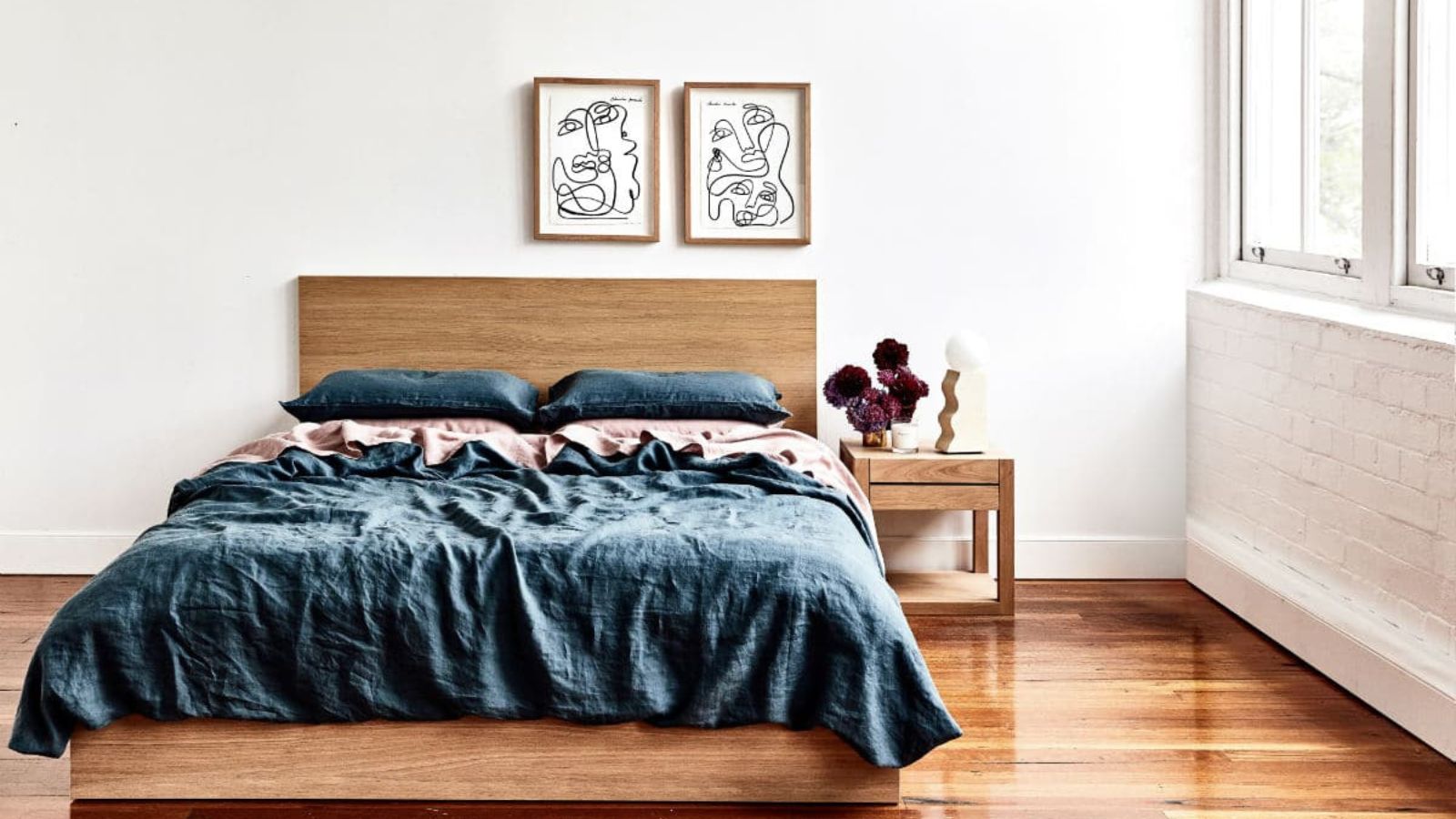 The great bedding debate: top sheet vs no top sheet − which side are you on?
The great bedding debate: top sheet vs no top sheet − which side are you on?I asked an expert panel of bedding designers whether you really need a top sheet to keep clean and cool or if it's just another ploy to make you spend money
By Emilia Hitching Published